The House Wren is a common wren species that lives throughout much of North America. They are members of the Troglodytidae family, along with over 80 different species of wrens.
Like all wrens, House Wrens are quite vocal, and sing a number of different songs. This species frequents backyard birdfeeders, public parks, and other urban areas. Read on to learn about the House Wren.
Description of the House Wren
House Wrens are small, seemingly unremarkable birds. They have round bodies, relatively long tails, and short wings. Their plumage is brown or tan, usually with barring across the wings. These birds are just four or five inches long, and their wingspan is just six inches across, and most of them weigh less than half an ounce.
Interesting Facts About the House Wren
House Wrens are common little birds with big personalities. Learn more about what makes this species unique below.
- Condo Competition – In the bird world, competition for the best nesting sites is fierce. For such a tiny bird, the House Wren puts up a big fight when it comes to their nests. In fact, this species frequently chases off larger species like bluebirds, warblers, and chickadees, and even occasionally kills adult birds.
- Dominant Distribution – These birds can be a problem for some vulnerable bird species, particularly because they are so widespread. Their populations overlap with many threatened species of songbirds. These particular wrens have the largest distribution of any songbird in the Americas.
- Eight-Legged Houseguests – This species sometimes adds an interesting component to its nest – spider eggs! The birds collect egg sacs and add them to the linings of their nests. When the eggs hatch, the spiders eat a variety of mites and other parasites that pester the birds.
Habitat of the House Wren
This species prefers relatively open areas with a variety of small shrubs and bushes. Some of their favorite natural habitats are open woodlands, riparian areas near lakes and streams, savannas, and forest edges. However, this species loves living in close proximity to humans as well.
They live in farms, agricultural fields, parks, gardens, and backyards. These birds often utilize backyard birdfeeders as a source of food, and use manmade nest boxes to breed.
Distribution of the House Wren
House Wrens range from Central Canada into northern South America. Their Canadian range includes southern British Columbia, much of Alberta and Saskatchewan, and southern Manitoba, Ontario, and Quebec. They live throughout the United States at various times of year.
Their breeding range in the spring and summer includes all but the southernmost United States. During the winter, they migrate south into the southern United States, Mexico, Central America, and northern South America.
Diet of the House Wren
These little birds are primarily insectivores, and most of their diet consists of insects and invertebrates. Some common meals include spiders, flies, caterpillars, beetles, earwigs, and just about anything that they can catch. They also eat snail shells as a source of calcium.
Their foraging usually occurs in the shrubs and low bushes, as well as along the ground. This bird’s diet makes them attractive to families who want their yards kept free of insects.
House Wren and Human Interaction
Though some regional populations are rarer than others, the overall House Wren population is healthy and stable. They have a wide distribution, and their population numbers are quite high in most areas.
The IUCN lists this species as Least Concern. Some human activity does impact subspecies, particularly those on islands. In these cases, human introduced feral species like cats and rats are the primary danger.
Domestication
Humans have not domesticated House Wrens in any way.
Does the House Wren Make a Good Pet
No, House Wrens do not make good pets. These little birds might be cute, but they do not do well in a household setting. These are wild birds, and they need plenty of space to fly and explore. In most places, it is illegal to own one as a pet.
House Wren Care
In zoos, these birds live in large enclosures or aviaries, usually with a variety of other species. Most House Wrens in zoos live there because they became injured and could no longer survive in the wild.
Their enclosures contain a number of perches, trees, and low shrubs to explore. Zookeepers feed them a variety of small insects, like crickets, mealworms, insect larvae, and more, as well as pelleted insectivore feed.
Behavior of the House Wren
These little birds are quite active, and spend most of their day foraging for food. They flit from branch to branch, or hop along the ground while searching in low shrubbery for insects.
Outside of the breeding season they are normally solitary. As the breeding season arrives, territorial pairs develop nesting sites. Males build several different nests in their territories to attract females.
Reproduction of the House Wren
Pairs of wrens usually only breed with one mate per season, but pick a new partner the next. The female lays an average of seven eggs per clutch, and she takes the incubation duties. The incubation period lasts a little less than two weeks, and the young are completely helpless when they hatch.
Chicks grow incredibly quickly, and by the time they are two weeks old, they begin learning how to fly. The parents feed the chicks for an additional two weeks after they fledge.


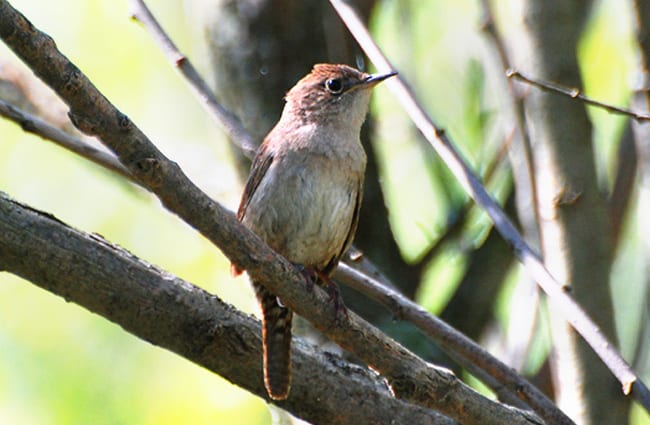
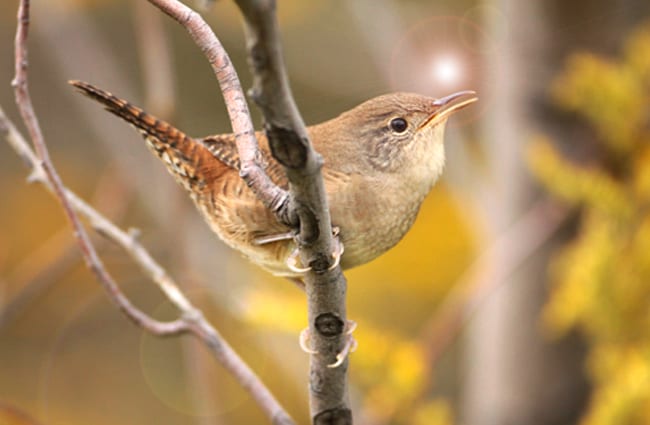

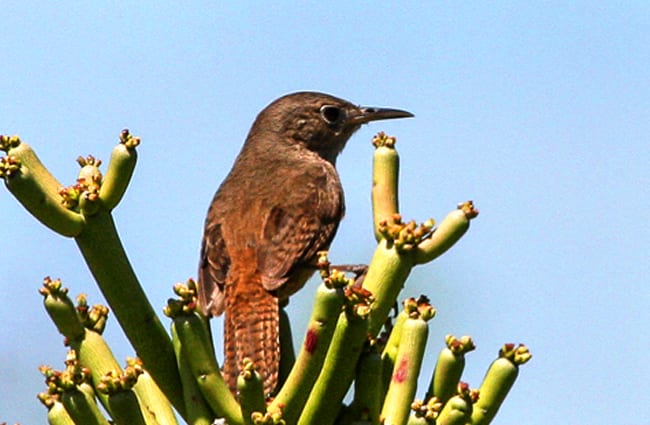
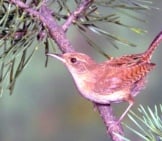
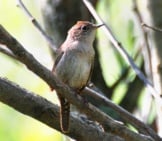
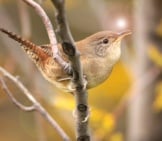
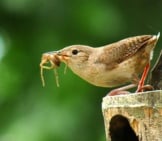

![Red Angus Closeup of a beautiful Red Angus cowPhoto by: U.S. Department of Agriculture [pubic domain]https://creativecommons.org/licenses/by/2.0/](https://animals.net/wp-content/uploads/2020/03/Red-Angus-4-238x178.jpg)












![Red Angus Closeup of a beautiful Red Angus cowPhoto by: U.S. Department of Agriculture [pubic domain]https://creativecommons.org/licenses/by/2.0/](https://animals.net/wp-content/uploads/2020/03/Red-Angus-4-100x75.jpg)

